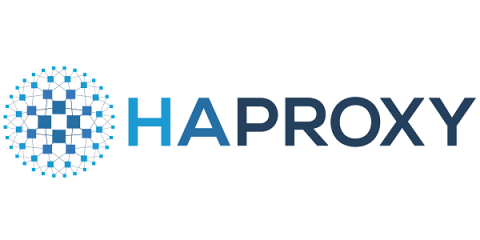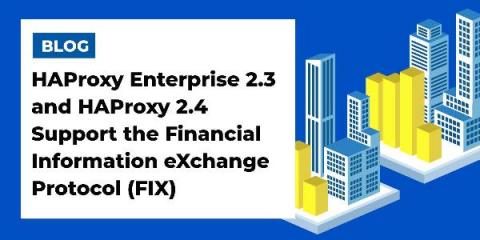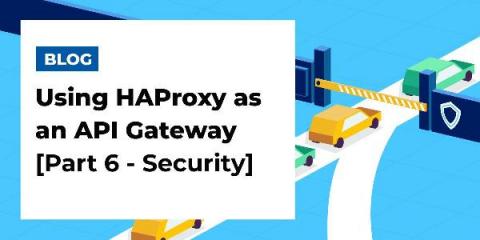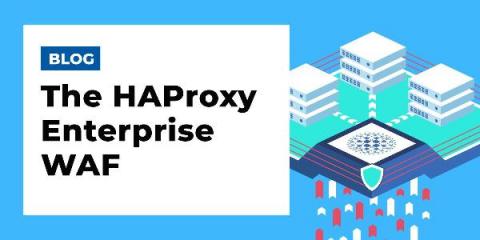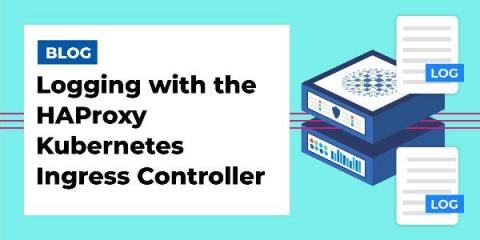Autoscaling with the HAProxy Kubernetes Ingress Controller and KEDA
One of the greatest strengths of containers is the ability to spin more of them up quickly. As the volume of traffic to your application increases, you can create more application containers on the fly to handle it, in almost no time at all. Kubernetes ships with autoscaling baked in, giving you the power to scale out when the system detects an increase in traffic—automatically!



